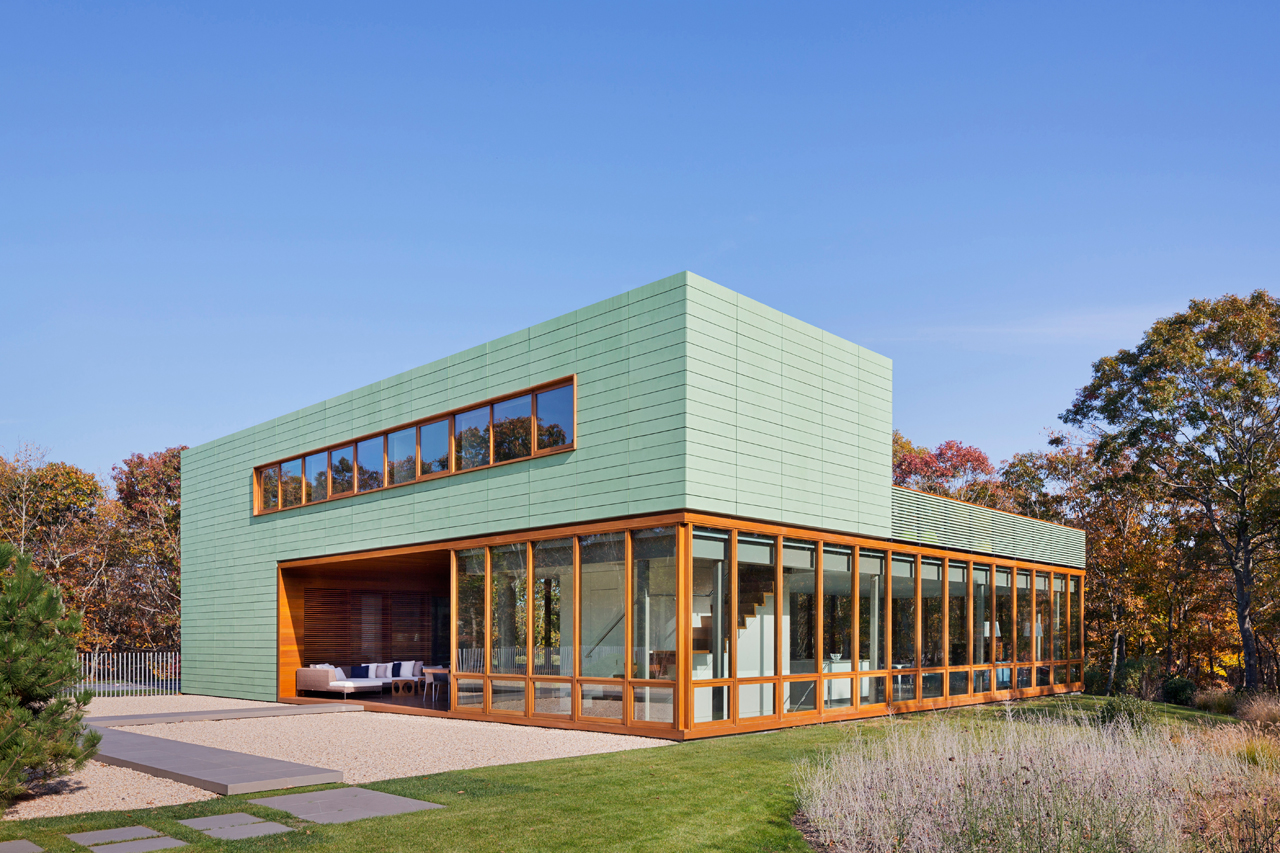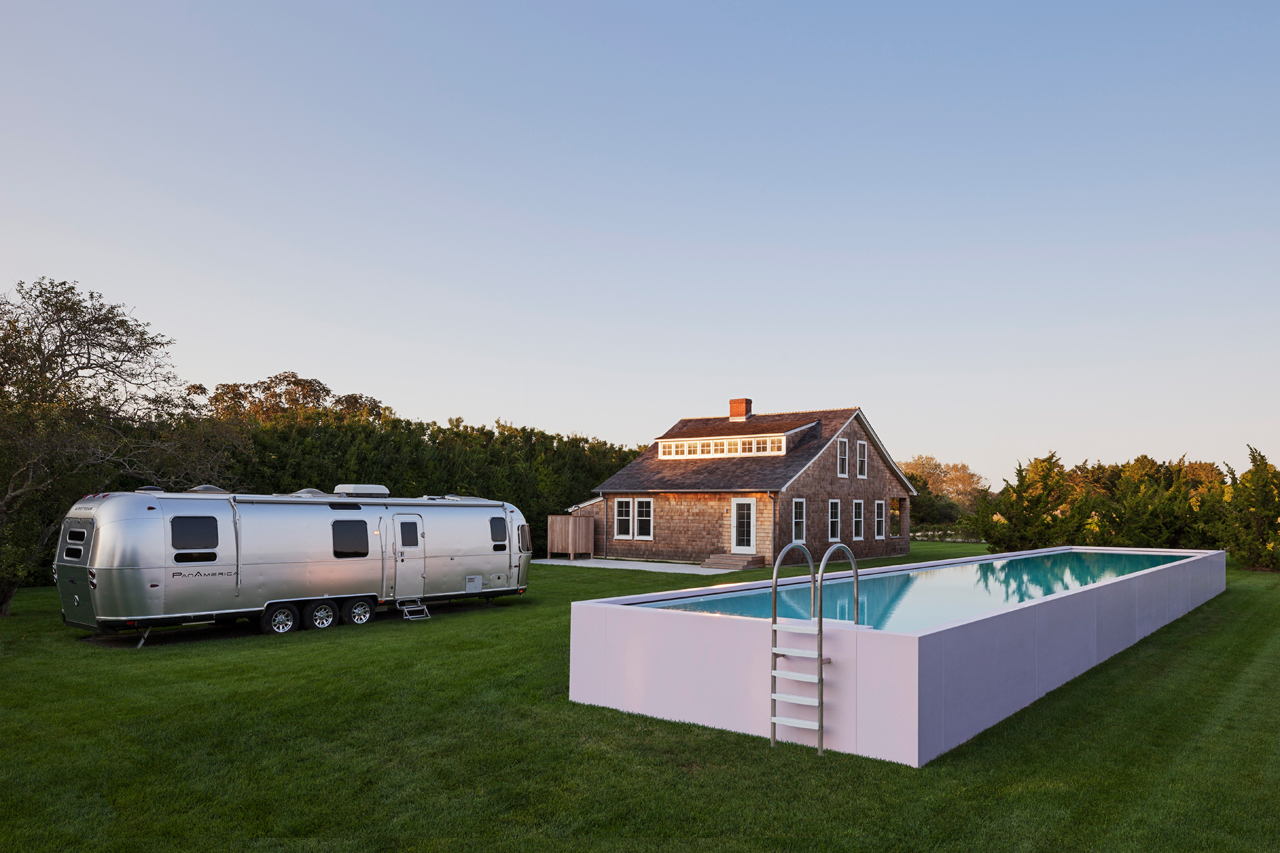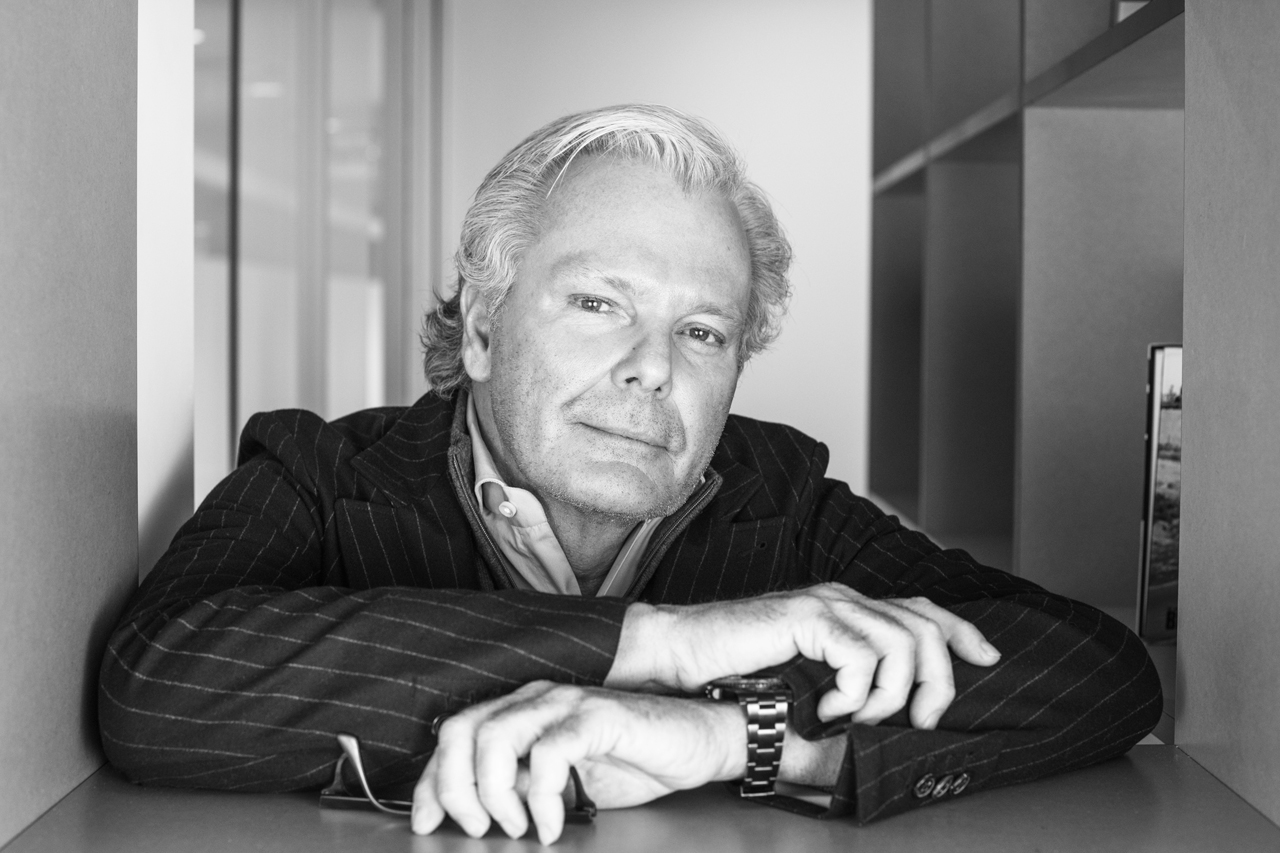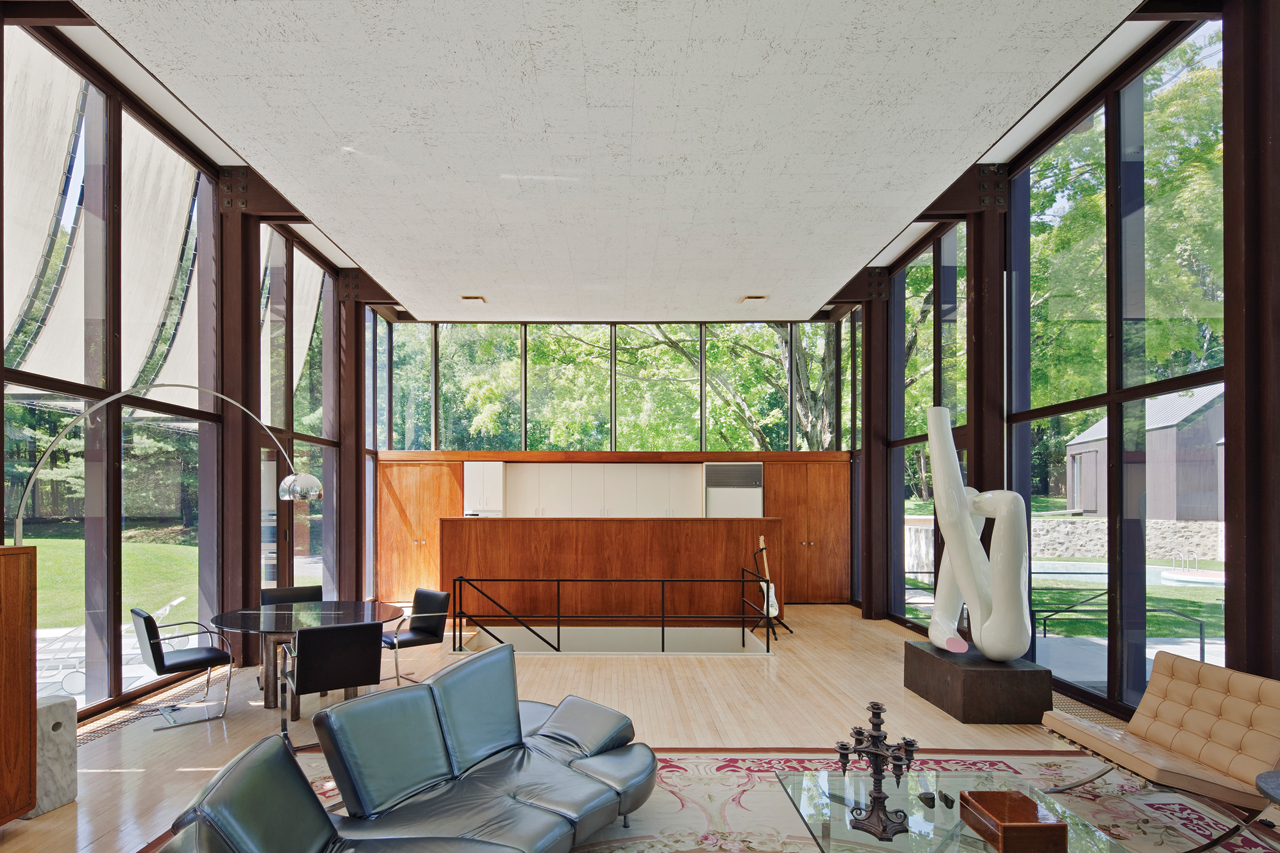A taste for creative minimalism paired with meticulous execution make Roger Ferris highly sought after for projects of varying scales.
His Connecticut-based practice’s portfolio spans residences for the likes of Steve Cohen, Steven Spielberg, and David Mugrabi, as well as landmark properties such as the extraordinary Bridge Golf Club in Southampton. In 2019, apart from building homes in Miami, Jackson Hole, and the Hamptons, to places as far-flung as the western shore of Nevis in the Caribbean, Ferris and his team are also working on the Equinox Hotel in Chicago’s West Loop, and a new block-long mixed-use project in Boston’s Kenmore Square.

Here, he speaks to us about his earliest memories of architecture, working with billionaires, and the future of design.
What are your earliest memories of architecture, and what ultimately drove you to pursue it?
I was always drawn to construction sites and watching buildings take shape. I would watch buildings slowly rise up out of the ground and take form. From a very early age, I was only ever interested in playing with toys which I could build with.
The happenstance of meeting an architect when my family moved from Texas to Connecticut is what led me to pursue architecture. I was fascinated with the work in his office, and it all came together for me at that point. I never understood the design part of the building process until I saw the work in his office. That is when I decided to become an architect.


Greatest lesson you’ve learned as an architect?
I’ve learned to listen carefully to my clients. You become very mindful of the process of understanding your clients’ expectations, and you have to listen carefully and not jump to conclusions or solutions too quickly.
Do you have a favourite designer and design movement?
It’s hard to pinpoint one designer, but if I look historically across the most significant movements, my default hero would have to be Mies van der Rohe, one of the first proponents of international style, who helped establish that as a post-war modernist movement in North America.

What has had the greatest influence on your work and perspective as an architect?
Everything influences my work and perspective. I say that in the most inclusive sense: Certainly art and sculpture, dance and music, but also fashion and even fiction. Because architecture is everywhere and I understand design, I see architecture in everything. There’s not just one experience. I’m drawn to creative generators. That may be why I’m so fascinated with Robert Wilson, because of his ability to be so inclusive of these different types of work. That’s so inspirational to me.

Everything influences my work and perspective. I say that in the most inclusive sense: Certainly art and sculpture, dance and music, but also fashion and even fiction.
— Roger Ferris
What project are you most proud of having completed?
Perhaps the most seminal project for my practice was the completion of the Bridge Golf Club in Bridgehampton, New York. It was one of the first contemporary clubhouses in America and followed its own set of rules from a pragmatic sense and a stylistic sense. The building is situated on the site of one of the greatest historical road racing courses in America, with spectacular views of the water beyond.
How do you suppose you became a go-to architect for residences of art collectors? Did you ever consciously pursue that trajectory?
I’ve always been fascinated with art and understanding the contribution that art can make to a space.

What’s something you find art collectors will always ask for?
Art collectors typically want their artwork to be a primary consideration in organizing a space.

In approaching a project, what’s the most significant difference between a residential and a commercial space?
Typically in a residential space you’re working with the client who is going to live in it and occupy it. Commercially, it takes a little more speculation as an architect, as you are anticipating the needs of the occupants who are going to inhabit any one place.
What do you think is design’s mission?
The best design stimulates inspiration. It’s historically been the case and it is now more than ever. It can inspire people in different ways without necessarily understanding the creator’s intent. If it’s meaningful, it’s inspirational. In 10 years, I don’t think that idea will change. But technology is allowing us to explore different forms and materiality, and to take greater risks. Technology will solve a lot of the issues we are currently faced with and allow us to think more creatively over time.






